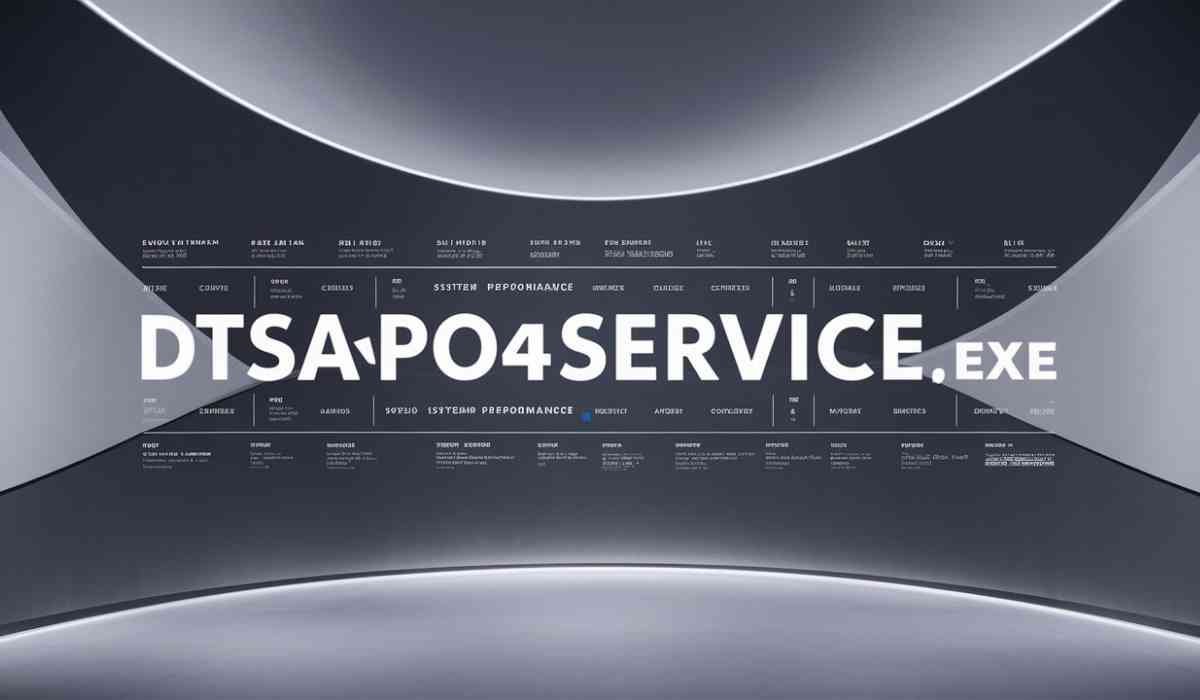Having your content professionally translated throughout opens other doors and opportunities to reach new markets and customers who speak other languages. However, if the source documents are not well prepared for the translation process, it will go smoothly and efficiently.
These 12 tips will help you optimize all your documents before submitting them for translation:
Choose File Formats Wisely
Go with editable file formats like Word, PowerPoint, Excel, text files, or XML whenever possible. Avoid image-based PDFs as they require extra effort from translators to recreate the documents from scratch. Stick to formats that allow inline editing while preserving original layouts. This is particularly important for document translation, as it ensures a smoother and more accurate translation process.
Organize Content in a Structured Manner
If you use the styles, formatting, headings, lists, and tables consistently, you’ll structure your text. This means the translators can match the document’s flow and presentation of the original document. Long paragraphs in unstructured content are hard to translate accurately.
Provide Background Information
A style guide gives translators an insight into your business, target customers, content purpose, and industry terminology. This context then allows them to choose the appropriate language and terminology in the translation. Provide glossaries of brand names, acronyms, slogans, etc. that need special handling.
Remove Any Text You Don’t Need Translated
If your documents contain text that doesn’t need translation (e.g. Lorem Ipsum), remove it to avoid confusion and accidental translation. Mark elements like addresses, names, dates, etc. that should stay untouched. This streamlines the translation process.
Run Spelling and Grammar Checks
Run a thorough spellcheck and grammar review before sending your documents for translation. Translating content with multiple errors results in poor quality. Fix mistakes beforehand so translators can focus solely on language translation, not content corrections.
Simplify Sentence Structures
Long, complex sentences are prone to misinterpretation. Whenever you can, break them into shorter sentences of 15-20 words maximum in your originals. In that case, it’s easier to understand ideas for the translators. Simple sentences are more accurate when they are translated across languages.
Use Consistent Terminology
Standardize your terminology and re-use the same terms repeatedly instead of using synonyms interchangeably. For example, use ‘mobile phone’ instead of interchanging with ‘cell phone’, ‘mobile device’ etc. Consistency improves translation accuracy.
Avoid Idioms, Slang, and Metaphors
Playful use of language often doesn’t translate well. Avoid using idioms (“break a leg”), slang, sports metaphors, etc. as their equivalents might not exist in the target language. At best, they lose impact. At worst, translators misinterpret the meaning.
Review Numbers, Prices, Units of Measurement
Check that you’ve used suitable number formats, currencies, units of measure, and notation styles per target country conventions. For instance, English uses decimals and commas differently from French and Spanish. Guide translators if you have specific preferences.
Double Images and Graphics
All visuals in your documents should be reviewed to check language accuracy. Translation applies to any text, labels, infographics, and so on. Make sure that confirmed logos align with the local branding. Add ALT image descriptions to enhance the translation context.
Pick Experienced Translators
Human translation still beats machines. Have professional human translators with subject matter expertise review your documents to avoid embarrassing blunders. Do due diligence to pick an established translation company known for quality work.
Proofread Translated Documents
Even the best translation providers can slip through mistakes. After the final translated documents are completed, they should be reviewed by someone who knows your business goals to help catch errors before they are published. That is why it is important to check for typos, omitted text, formatting issues, etc.
Additional Tips for Maximizing Translation Success
Follow these additional best practices when preparing your files to ensure a seamless professional translation process:
- Keep a brand voice voice consistent with the translated content in different languages by using language style guides.
- For projects that involve translation of text, audio, and video – offer transcripts of spoken audio content to enhance translation accuracy.
- Update plan documents in advance and try to limit the number of plan document updates while active translation is ongoing to avoid rework. Changes to a project midway are associated with delay and confusion.
- Invest in translation memory technology if the content needs an ongoing amount of translation updates (such as e-commerce product listings, etc.).
- Give translators temporary access to review live pages within the technology platform instead of static screenshots when translating websites and apps. That makes for more context for accurate translations.
- Instead of graphic mockups, capture all UI text for translation in a spreadsheet or XML file format for easy management for translation, for software or apps.
- Share sample brochures, catalogs, ads, etc., to prove the final document style for marketing collateral translation to enable translators to match the linguistic style.
- When it comes to translating documentation with specialized terminology, you can give the pre-approved glossary to establish the preferred vocabulary right from the start.
- Before you start sending the documents, schedule a kick-off call or even better, an in-person meeting, so that you can get on the same page with your translators as to expectations, terminology, style preferences, and other details.
The Bottom Line
Before submitting your documents for translation, make sure to prepare them carefully, which will greatly help you to get high-quality final deliverables. Mitigating risk however, is spending extra time in organizing files, helping to clarify key terminology, simplifying text complexity, removing any unnecessary content, and properly briefing the translators upfront.
This greatly reduces turnaround times and saves huge amounts of money by reducing incorrect translations that need to be updated and reworked. Here are the tips outlined above as a checklist whenever you outsource materials for professional language translation services. With doing your homework, what they come up with is polished translated documents with the right messages that transmit your brand message to international audiences.









